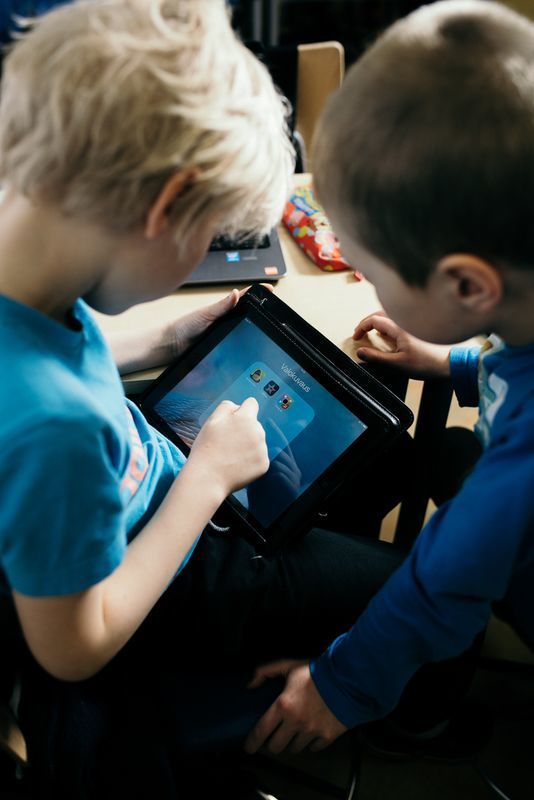The fast-paced digitalization of society challenges schools to keep up with the change. Training opportunities for teachers and available resources within a school community may be very limited, even if society requires teachers to be able to teach students modern technological know-how.
It is, however, possible to teach and to receive training in digital skills in everyday school life, within the school community. The existing resources – electronic devices and the digital skills of teachers and students – should be identified and their use organized efficiently.
VerDi (Finnish acronym for Peer Learning in Digital Skills) is an operating model for teachers to collaborate in teaching, learning and introducing digital skills.
The VerDi model engages teachers and students in peer learning to boost digital skills. Children and adolescents use technology in inventive ways. This model allows the whole school to benefit from their skills. Teachers receive regular ICT-training at their school and in-depth learning of ICT-skills takes place in a pedagogically meaningful way as a part of everyday school life.
In practice, the school’s teachers receive expert knowledge and practice new digital skills in school training seminars. After this, teachers pass down the skills to the students in the highest grade. The older students teach the younger students until every grade-level has sufficient digital skills.
Learning these skills and the hours spent on them are tied to a pedagogically useful learning unit, and not practiced separately. Learning is thus implemented in a systematic and coherent way, in which each student is offered the opportunity to use ICT for meaningful learning with peers. The students’ positive perception of themselves as learners and information providers is emphasized through sharing and responsibility.
In Kuopio Pyörö school, the VerDi model has been implemented extensively. With the VerDi model, the school has taken a great leap forward in digital skills. By sharing responsibility across the whole school, anxiety over accomplishing the digital leap has clearly diminished.





